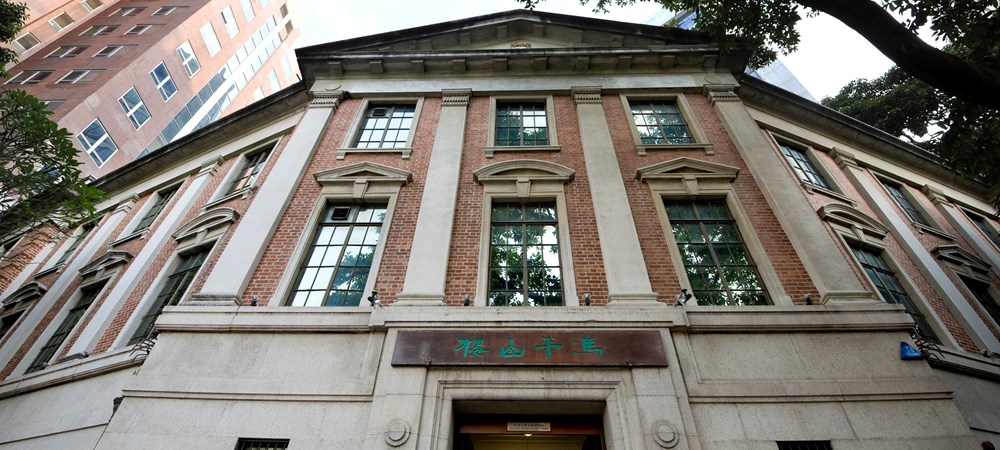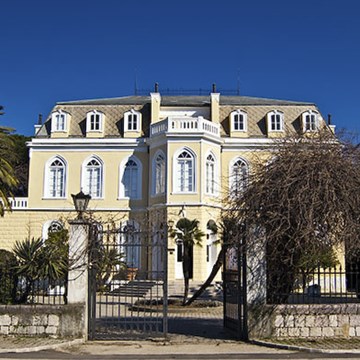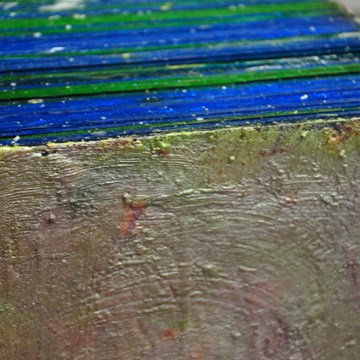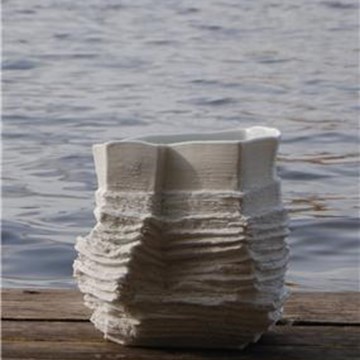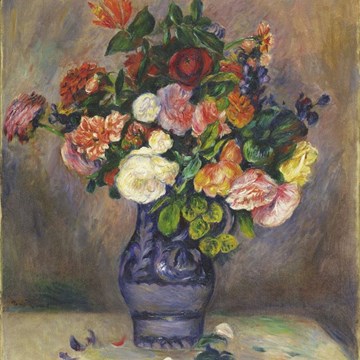University Museum and Art Gallery, The University of Hong Kong
The University Museum and Art Gallery (UMAG) of The University of Hong Kong was founded in 1953 as the Fung Ping Shan Museum. Originally established as the Fung Ping Shan Library of Chinese language publications in 1932 in honour of its benefactor, the building became a museum dedicated to collecting Chinese art when the University's libraries consolidated. The museum was renamed UMAG in 1994, shortly before its new wing was opened to the public in 1996. It is the oldest continuously operated museum in Hong Kong and over the past sixty years it has built up a diverse collection of ceramics and bronzes dating from the Neolithic period (c. 7000–c. 2100 BCE) to the Qing dynasty (1644–1911), as well as traditional and modern paintings from the Ming (1368–1644) to the twenty-first century.
Chief among the collections are the Museum's ceramics, which show the extraordinary achievements of the Chinese potter from Neolithic period painted pottery jars, to the decorative porcelains of the Qing dynasty. Among the early wares are examples of funerary pottery dating from the Han (206 BCE–220 CE) to the Tang dynasties (618–907), which include lead-glazed models and vessels, as well as tri-coloured (sancai) ceramics. Throughout Chinese history, ceramics have been traded and admired outside of China. Of these, green ware, particularly Yue and celadon, which were sought after in Southeast Asia and Korea, and the development of blue-and-white porcelains, which were made for the Islamic market and popular in Europe, have been the most influential pieces and are well-represented in the Museum's collection. Of particular note is one of the earliest known examples of underglaze-blue decoration in the form of a small tripod water pot dating to the Tang dynasty. The Museum also has representative examples of work made by the famous Song (960–1279) kilns, such as those of Ding and Cizhou, and mono- and polychrome decorated ware from the Ming and Qing dynasties.
Other highlights of the collection are the Museum's Chinese bronzes that include ritual vessels dating to the Shang (c. 1600–c. 1100 BCE) and Western Zhou (c.1100–771 BCE) periods, and a comprehensive collection of mirrors dating from the Eastern Zhou (770–256 BCE) period to the Tang dynasty. The Museum also contains the largest known collection of Mongol period (Yuan dynasty 1271–1368) Nestorian crosses in the world. In addition to its collection of carvings in jade, wood and stone, the Museum has a small but significant collection of Chinese ink painting dating from the Ming dynasty to the present and twentieth-century Chinese oil painting.
In addition to these permanent collections, UMAG regularly hosts exhibitions of contemporary and ancient Chinese and Western art, as well as on early Hong Kong history. The Museum was originally established as a teaching museum and has maintained this commitment to the University through the teaching of Chinese art and museum studies and by encouraging students to broaden their education through the arts. It regularly presents non-exhibition related talks and activities that are open to both the University's students and public. The Museum also endeavours to promote the knowledge of Chinese tea culture through its Tea Gallery, which is open to public.
Exhibitions and events
Educational programs
We don't have anything to show you here.
Collections
We don't have anything to show you here.



